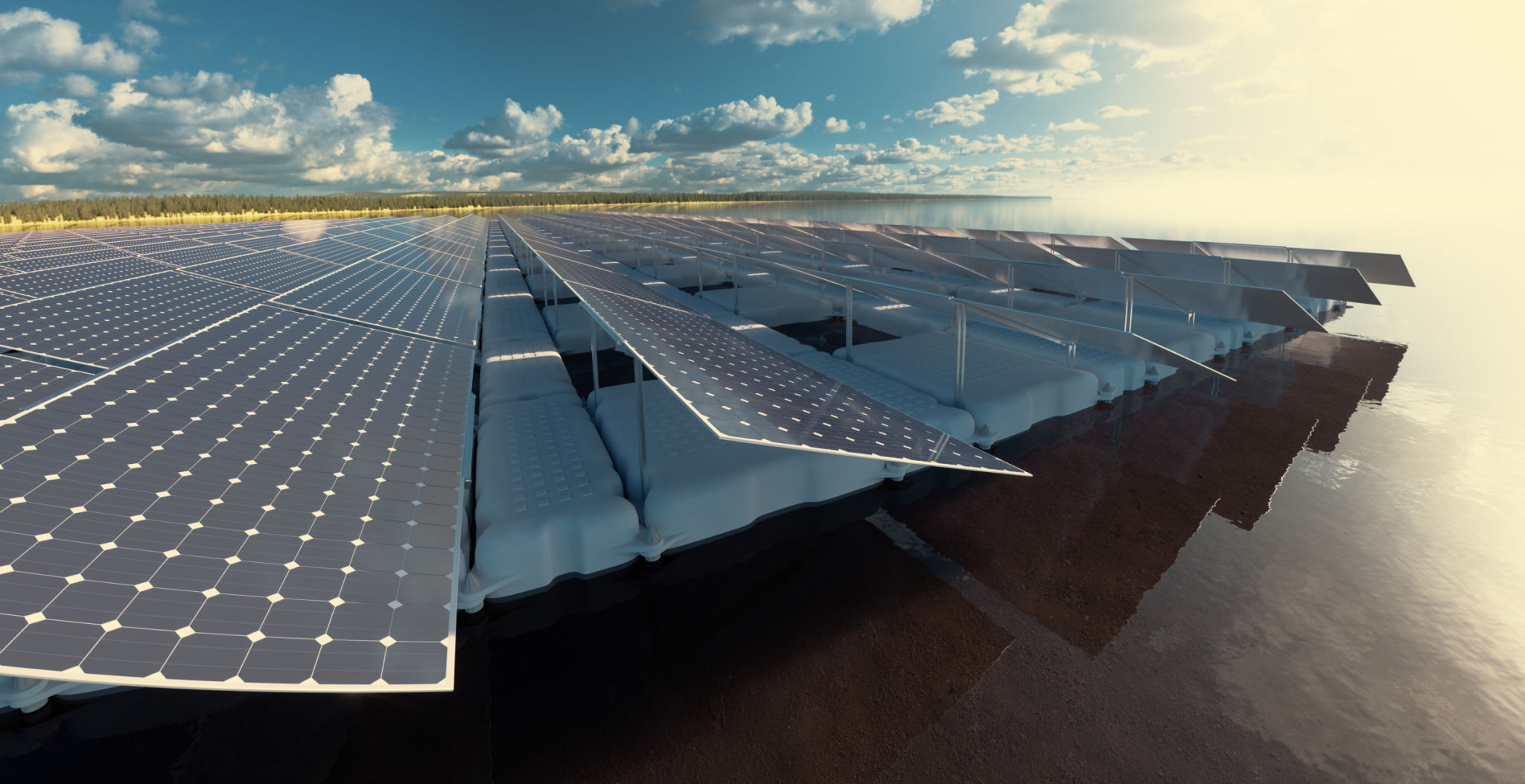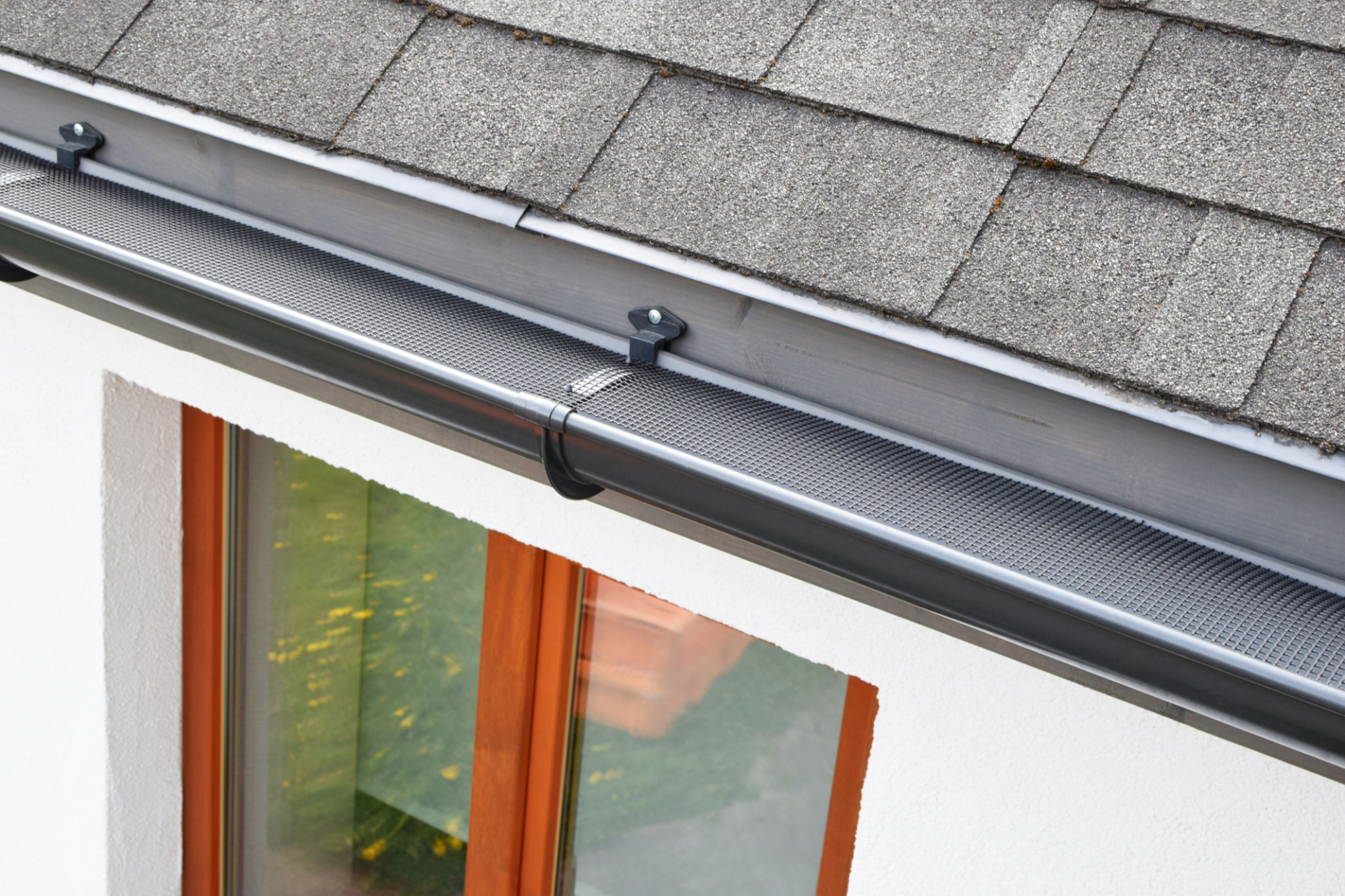Comprehensive Guide to Floating Cover Systems for Industrial Applications
Understanding Floating Cover Systems
Floating cover systems are an essential component in various industrial applications, offering a range of benefits from reducing evaporation to controlling emissions. These systems are designed to float on the surface of liquids in tanks or lagoons, providing a protective barrier that helps maintain the integrity of the stored material. Understanding their structure and functionality is crucial for industries aiming to enhance operational efficiency.

The Importance of Floating Covers in Industry
Industries such as wastewater treatment, agriculture, and chemical processing frequently utilize floating cover systems. These covers play a vital role in minimizing product loss through evaporation, which is particularly important for volatile substances. Additionally, they help in reducing odor emissions, thereby improving the working environment and surrounding community quality of life.
Furthermore, floating covers can significantly cut down on algae growth by limiting sunlight exposure to the liquid surface. This not only maintains the quality of the stored product but also reduces maintenance costs associated with algae removal.
Types of Floating Cover Systems
There are several types of floating cover systems available, each tailored to specific industrial needs. Common types include:
- Modular Covers: Composed of individual modules that can be easily installed and removed, offering flexibility for maintenance and inspection.
- Geosynthetic Covers: Made from synthetic materials that provide durability and resistance to chemical exposure.
- Foam-filled Covers: Lightweight and effective for applications requiring insulation properties.

Design Considerations for Optimal Performance
The design of a floating cover system must consider factors such as climate conditions, chemical compatibility, and the specific requirements of the storage facility. Proper design ensures that the cover functions effectively over its expected lifespan. Engineers must also factor in the potential for thermal expansion and contraction, as these can affect the integrity of the cover over time.
Additionally, accessibility for inspection and maintenance should be incorporated into the design to ensure long-term usability. This may include features like access hatches or modular designs that allow sections to be removed easily.
Installation and Maintenance
Correct installation is critical to the success of a floating cover system. It involves precise placement to ensure full coverage and prevent gaps that could lead to evaporation or contamination. Engaging experienced professionals for installation can mitigate common risks associated with deploying these systems.

Regular maintenance is equally important to sustain the performance of floating covers. This includes routine inspections for wear and tear, especially at seams and attachment points. Prompt repairs can prevent minor issues from escalating into significant problems.
Environmental and Economic Benefits
Floating cover systems offer significant environmental benefits by reducing emissions and conserving resources. They are instrumental in helping industries comply with environmental regulations by minimizing pollutant release. Economically, these systems can result in considerable cost savings by preserving valuable resources and reducing operational expenses related to waste management and cleanup.
Ultimately, investing in a well-designed floating cover system can lead to enhanced sustainability and improved efficiency across various industrial applications.
